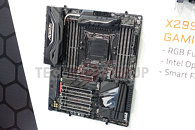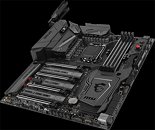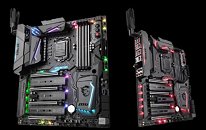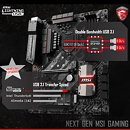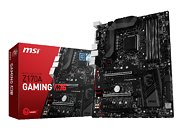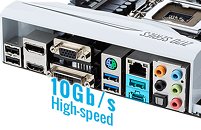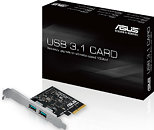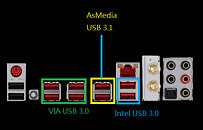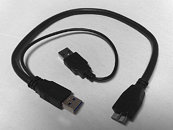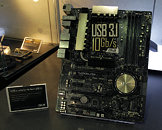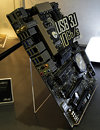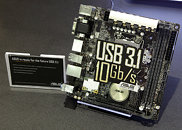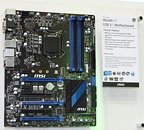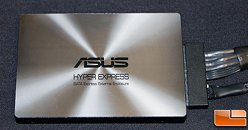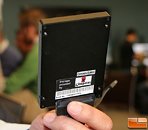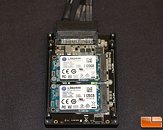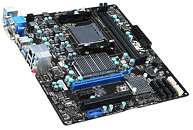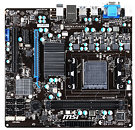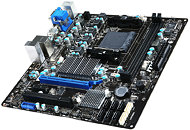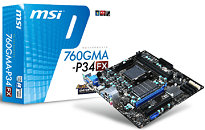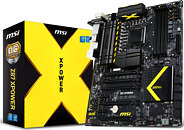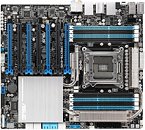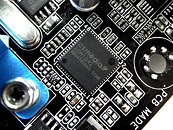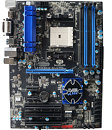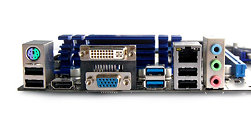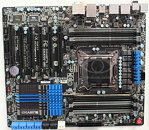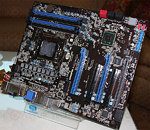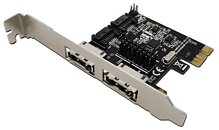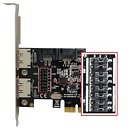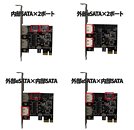
GIGABYTE X299 Aorus Gaming 9 Motherboard Detailed
Here's the first picture of the GIGABYTE X299 Aorus Gaming 9 motherboard, a TechPowerUp-exclusive. This socket LGA2066 motherboard is ready for upcoming Core i7 "Kaby Lake-X" 4-core, and "Skylake-X" 6-core, 8-core, 10-core, and 12-core processors. Based on Intel X299 Express chipset, this board draws power from two 8-pin EPS power connectors, besides 24-pin ATX. This could become the norm with X299 motherboards. There could either be a second 8-pin EPS or a second 4-pin ATX connector. A 12-phase VRM conditions power.
The LGA2066 socket is wired to four PCI-Express 3.0 x16 slots, which can be configured as electrical x8/x8/x8/x8 or x16/NC/x16/NC or x16/NC/x8/x8 with "Skylake-X" 10-core and 12-core chips; or x8/NC/x8/x4 or x16/NC/NC/x4 with "Kaby Lake-X" quad-core and "Skylake-X" 6-core and 8-core chips. The 5th x16 slot is electrical x4 and wired to the PCH. There are plenty of storage options, including two 32 Gb/s M.2 (up to 80 mm) slots, a 32 Gb/s M.2 (up to 110 mm) slot, with native NVMe RAID and Optane support; and eight SATA 6 Gb/s. The board features ASMedia ASM3142 USB 3.1 controller with type-A and type-C ports on the rear panel, as well as additional ports through headers.
The LGA2066 socket is wired to four PCI-Express 3.0 x16 slots, which can be configured as electrical x8/x8/x8/x8 or x16/NC/x16/NC or x16/NC/x8/x8 with "Skylake-X" 10-core and 12-core chips; or x8/NC/x8/x4 or x16/NC/NC/x4 with "Kaby Lake-X" quad-core and "Skylake-X" 6-core and 8-core chips. The 5th x16 slot is electrical x4 and wired to the PCH. There are plenty of storage options, including two 32 Gb/s M.2 (up to 80 mm) slots, a 32 Gb/s M.2 (up to 110 mm) slot, with native NVMe RAID and Optane support; and eight SATA 6 Gb/s. The board features ASMedia ASM3142 USB 3.1 controller with type-A and type-C ports on the rear panel, as well as additional ports through headers.
